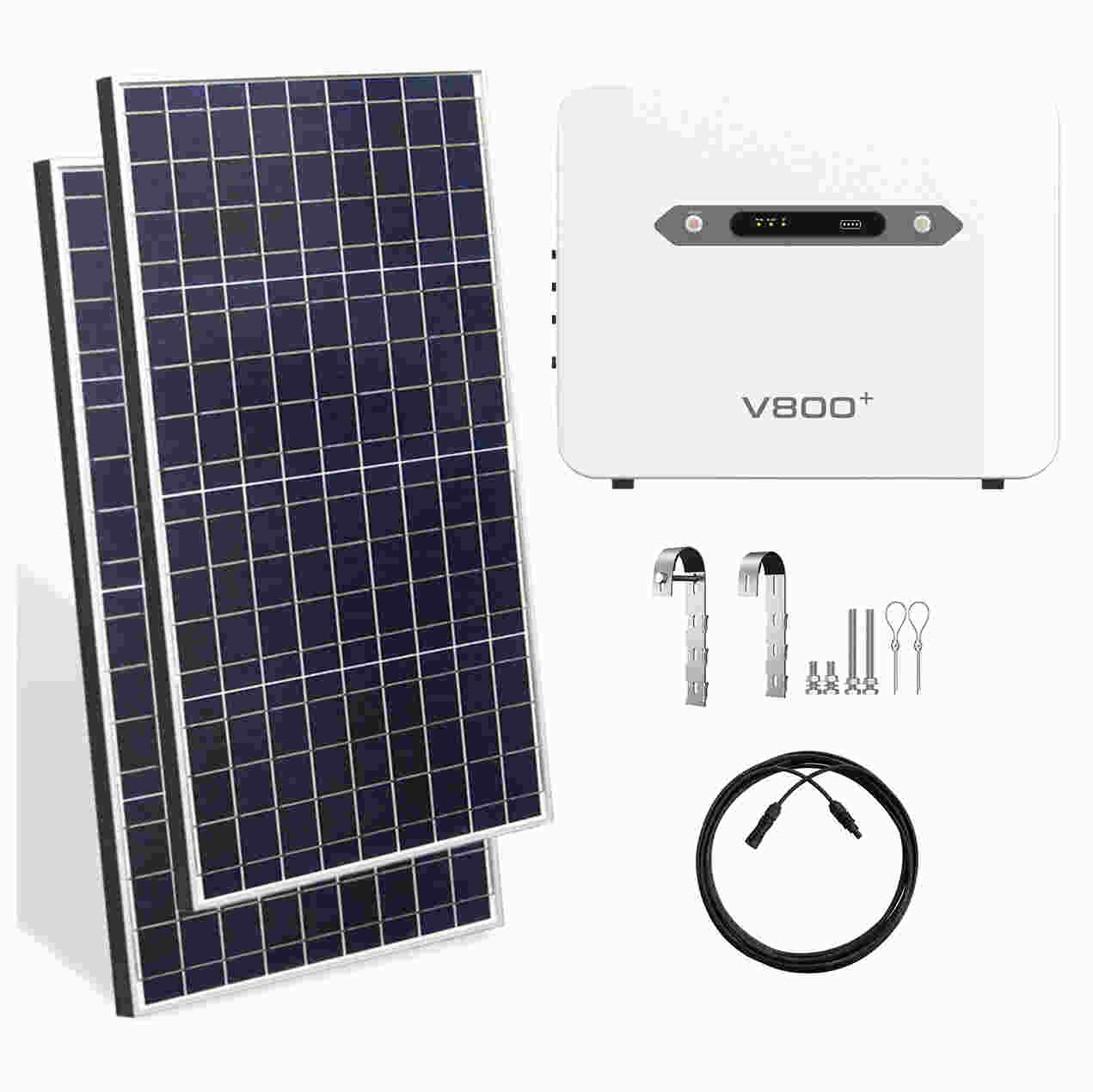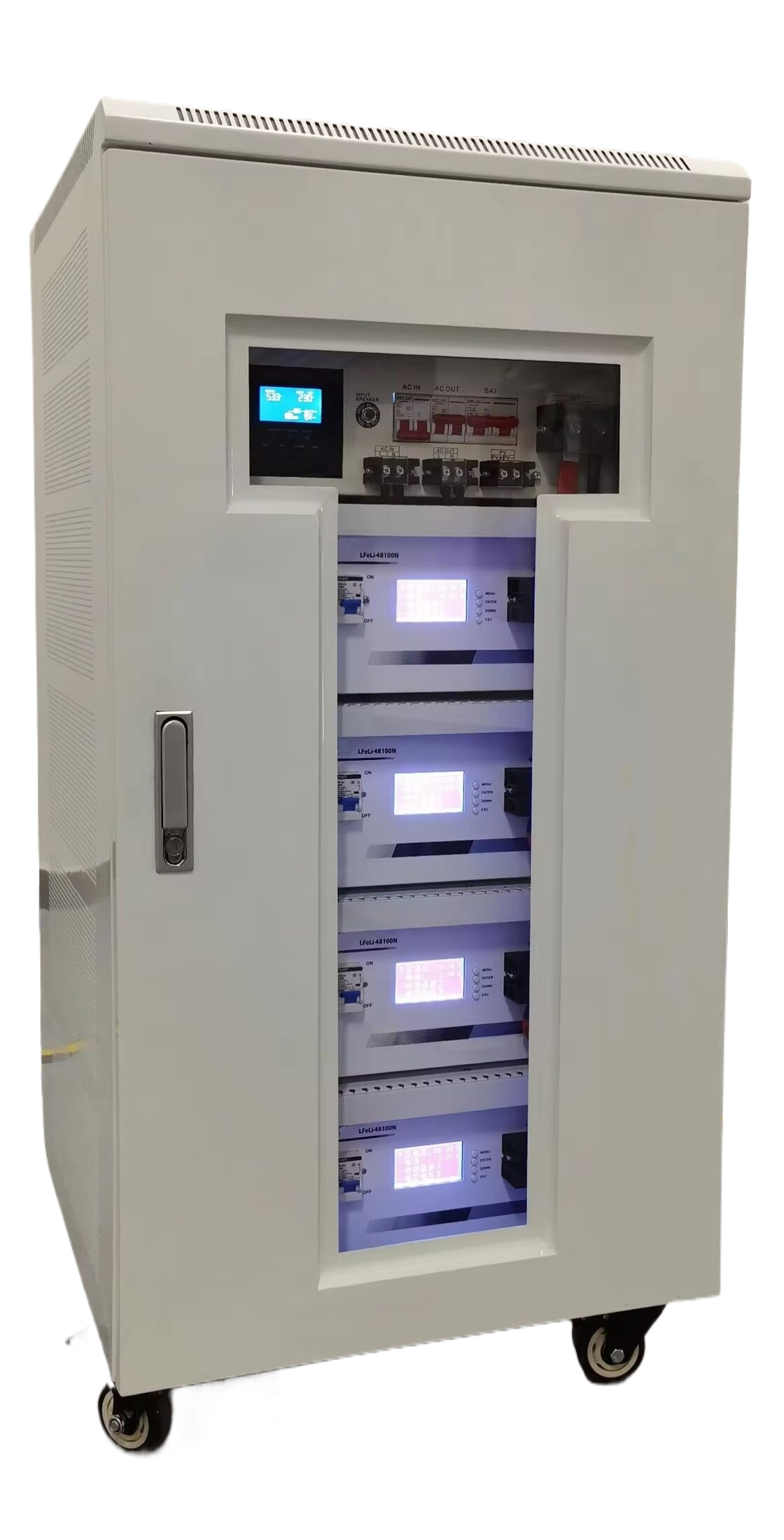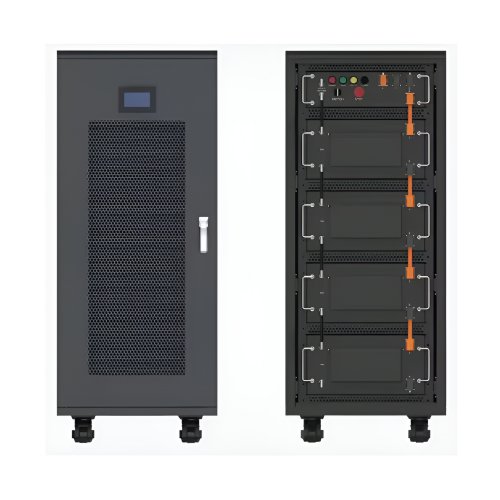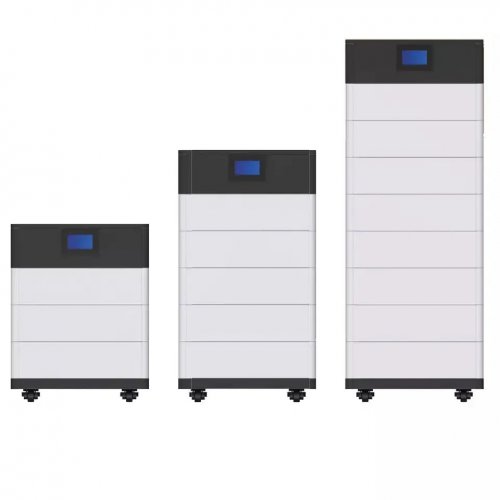Advances In Energy Density: Pioneering High-capacity Storage Systems For A Sustainable Future
The relentless pursuit of higher energy density—the amount of energy stored in a given system or region of space—remains a central pillar of scientific and engineering research, driven by the urgent need for advanced energy storage solutions. From powering the next generation of electric vehicles (EVs) to enabling grid-scale storage for renewable energy, enhancing energy density is critical for decarbonizing the global economy. Recent years have witnessed remarkable breakthroughs across battery chemistries, supercapacitors, and even alternative storage methods, pushing the boundaries of what is possible.
Lithium-Ion Batteries: Pushing the Theoretical Limits
The incumbent champion of portable energy, the lithium-ion (Li-ion) battery, continues to evolve. While commercial cells are approaching their theoretical energy density limits (~300 Wh/kg), significant research is focused on overcoming these barriers. The most prominent advancement lies in the development of silicon-based anodes. Silicon offers a theoretical capacity nearly ten times greater than that of conventional graphite anodes. However, its massive volume expansion during lithiation has historically led to rapid mechanical failure. Recent innovations, such as the use of nanostructured silicon (e.g., silicon nanowires and porous silicon spheres) and sophisticated polymer binders, have dramatically improved cyclability. Companies like Sila Nanotechnologies are now commercializing silicon-dominant anodes, claiming a 20% increase in energy density for EV batteries.
Concurrently, the move towards high-nickel cathode materials (e.g., NMC 811, NCA, and ultra-high-nickel grades like NMC 9½½) reduces cobalt content—lowering cost and toxicity—while increasing the cell's voltage and capacity. Furthermore, the stabilization of these cathodes through single-crystal morphology and novel coating materials (e.g., lithium borate) has mitigated degradation pathways, enabling their use in long-life applications.
The Reigniting Promise of Lithium-Sulfur and Solid-State Batteries
Beyond incremental improvements, two technologies promise a step-change in energy density: lithium-sulfur (Li-S) and solid-state batteries (SSBs). Li-S chemistry boasts a staggering theoretical energy density of around 2600 Wh/kg, far surpassing Li-ion. The primary challenges have been the polysulfide shuttle effect, causing rapid capacity fade, and the insulating nature of sulfur. Recent breakthroughs involve designing novel cathode architectures using carbon nanofibers, metal-organic frameworks (MOFs), and graphene oxide to trap polysulfides while maintaining conductivity. For instance, researchers at Monash University developed a sulfur electrode that creates additional binding sites for polysulfides, significantly enhancing cycle life and bringing practical Li-S batteries closer to reality.
Solid-state batteries, which replace the flammable liquid electrolyte with a solid ion conductor, are arguably the most anticipated advancement. They unlock the use of a pure lithium metal anode, the "holy grail" for energy density due to its ultra-high capacity. Recent progress has been substantial, particularly in resolving the issue of lithium dendrite growth at the solid electrolyte interface. Innovations include the development of sulfide-based (e.g., LGPS) and halide-based solid electrolytes with high ionic conductivity and excellent mechanical stability to suppress dendrite penetration. Toyota and QuantumScape have presented prototype cells with energy densities exceeding 500 Wh/kg, targeting EV ranges over 700 miles on a single charge. QuantumScape’s anode-less design and ceramic separator represent a significant departure from conventional cell manufacturing, highlighting a novel path forward.
Beyond Lithium: Multivalent Chemistry and Supercapacitors
The search for higher energy density also extends beyond lithium. Multivalent chemistries, such as magnesium-ion (Mg²⁺) and zinc-ion (Zn²⁺) batteries, offer potential advantages in volumetric energy density and resource abundance. Each multivalent ion can transfer two or more electrons, theoretically enabling higher capacity. Recent research has focused on finding compatible electrolytes and developing cathodes that can reversibly intercalate these larger ions. While still in earlier stages of development compared to Li-S or SSBs, progress in understanding intercalation mechanisms is paving the way for future breakthroughs.
In the realm of rapid charge-discharge, supercapacitors are also experiencing a renaissance in energy density. Traditionally plagued by low energy density compared to batteries, new materials are closing the gap. The integration of graphene-based electrodes with high surface area, coupled with pseudo-capacitive materials like MXenes and conductive polymers, has created hybrid supercapacitors. These devices can achieve energy densities approaching those of lead-acid batteries while retaining the power density and cycle life of traditional capacitors, making them ideal for applications requiring both high power and moderate energy.
Future Outlook and Challenges
The future trajectory of energy density research is exceptionally promising yet fraught with challenges. For SSBs, scaling up manufacturing to achieve cost-effectiveness and ensuring the long-term stability of the solid-solid electrode-electrolyte interface are critical hurdles. For Li-S, commercial viability hinges on overcoming the remaining cycle life issues at a competitive cost.
The next decade will likely see a diversification of energy storage technologies tailored to specific applications. Ultra-high-energy-density solid-state batteries may power long-haul aviation and premium EVs, while advanced Li-ion with silicon anodes will dominate consumer electronics and mainstream transportation. Li-S and multivalent batteries could find niches where weight is paramount, such as in aerospace.
Ultimately, the advances in energy density are not merely a quest for a bigger number; they are a fundamental enabler for a sustainable energy future. By storing more energy in smaller, lighter, and safer packages, we can accelerate the transition to renewable energy and electrified transportation, reducing our global carbon footprint. Continued interdisciplinary research, combining materials science, electrochemistry, and advanced manufacturing, will be essential to turn these laboratory breakthroughs into the everyday technologies of tomorrow.
References:
1. Nitta, N., Wu, F., Lee, J. T., & Yushin, G. (2015). Li-ion battery materials: present and future.Materials Today,18(5), 252-264. 2. Manthiram, A., Yu, X., & Wang, S. (2017). Lithium battery chemistries enabled by solid-state electrolytes.Nature Reviews Materials,2(4), 1-16. 3. Peng, H. J., Huang, J. Q., & Zhang, Q. (2017). A review of flexible lithium–sulfur and analogous alkali metal–chalcogen rechargeable batteries.Chemical Society Reviews,46(17), 5237-5288. 4. Janek, J., & Zeier, W. G. (2016). A solid future for battery development.Nature Energy,1(9), 1-4. 5. Choi, J. W., & Aurbach, D. (2016). Promise and reality of post-lithium-ion batteries with high energy densities.Nature Reviews Materials,1(4), 1-16.
Customized/OEM/ODM Service
HomSolar Supports Lifepo4 battery pack customization/OEM/ODM service, welcome to contact us and tell us your needs.


HomSolar: Your One-stop LiFePO4 Battery Pack & ESS Solution Manufacturer
Our line of LiFePO4 (LFP) batteries offer a solution to demanding applications that require a lighter weight, longer life, and higher capacity battery. Features include advanced battery management systems (BMS), Bluetooth® communication and active intelligent monitoring.

Customised Lithium Iron Phosphate Battery Casing
ABS plastic housing, aluminium housing, stainless steel housing and iron housing are available, and can also be designed and customised according to your needs.

HomSolar Smart BMS
Intelligent Battery Management System for HomSolar Energy Storage System. Bluetooth, temperature sensor, LCD display, CAN interface, UART interface also available.


Terminals & Plugs Can Be Customized
A wide range of terminals and plugs can be customised to suit the application needs of your battery products.

Well-designed Solutions for Energy Storage Systems
We will design the perfect energy storage system solution according to your needs, so that you can easily solve the specific industry applications of battery products.



About Our Battery Cells
Our energy storage system products use brand new grade A LiFePO4 cells with a battery lifespan of more than 4,000 charge/discharge cycles.



Applications in Different Industries
We supply customized & OEM battery pack, assemble cells with wiring, fuse and plastic cover, all the cell wires connected to PCB plug or built BMS.
Applications: E-bike, Electric Scooter, Golf Carts, RV, Electric Wheelchair, Electric Tools, Robot Cleaner, Robot Sweeper, Solar Energy Storage System, Emergency Light, Solar Power Light, Medical Equipment, UPS Backup Power Supply.
We can provide you with customized services. We have the ability to provide a vertical supply chain, from single cells to pack/module and to a complete power solution with BMS, etc.


HomSolar (Shenzhen) Technology Co., Ltd
























